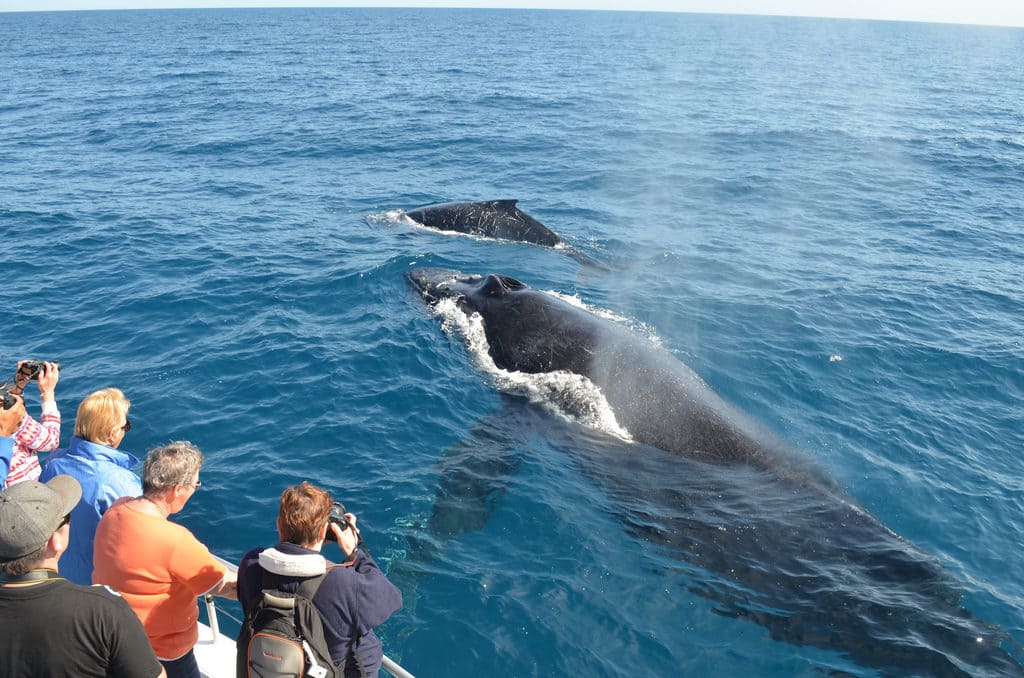Whale watching during migration season offers an unparalleled opportunity to witness some of the most magnificent creatures on our planet. Each year, thousands of whales embark on epic journeys across the oceans, drawing nature lovers and adventurers alike to witness this awe-inspiring spectacle. The migration season, which varies depending on the whale species and geographical location, creates a unique experience for those eager to observe these gentle giants in their natural habitat. From humpback whales breaching the surface to gray whales traveling thousands of miles, the migration offers a chance for unforgettable memories and breathtaking scenery.
The Migration Routes of Whales

Whales migrate for several reasons, primarily driven by the search for food and breeding grounds. The most well-known migration routes include:
- California Gray Whale Migration: These whales travel between their breeding lagoons in Mexico and feeding grounds in the Arctic.
- Humpback Whale Migration: Humpbacks journey from their feeding grounds in colder waters to warmer breeding areas, like Hawaii or the Caribbean.
- Blue Whale Migration: The largest animal on earth travels from nutrient-rich feeding grounds to warmer waters for breeding.
- Minke Whale Migration: Minke whales travel along the coasts, often following specific currents rich in prey.
Understanding these routes enhances the whale watching experience, as it allows enthusiasts to know when and where to witness these magnificent creatures. Each species has its own unique journey, often covering thousands of miles, making whale migration one of nature’s most impressive feats.
Best Locations for Whale Watching

There are numerous prime locations around the world renowned for whale watching during peak migration seasons. Some of the best spots include:
- Monterey Bay, California: Famous for its diverse marine life, Monterey Bay is a hotspot for observing humpback, gray, and blue whales.
- Hawaii: The warm waters around the Hawaiian Islands offer excellent opportunities for spotting humpbacks, especially during their breeding season.
- Stellwagen Bank, Massachusetts: A marine sanctuary where numerous whale species are seen, including the majestic humpback whale.
- Reykjavik, Iceland: This location provides exceptional chances to see minke and humpback whales during the summer months.
Choosing the right location can significantly impact your whale watching experience. These areas often have dedicated tours and guides, enhancing the opportunity for sightings and offering insights into the behaviors and habitats of these majestic animals.
The Experience of Whale Watching

Whale watching is not simply about spotting whales; it’s an immersive experience that engages all the senses. From the sound of waves crashing against the boat to the smell of saltwater in the air, every aspect contributes to the magic of being on the open water. Enthusiasts often gather on boats equipped with experienced crews who provide valuable knowledge about marine life and environmental conservation. Witnessing a whale breach, with its massive body rising out of the water, is a heart-stopping moment that leaves many in awe. Additionally, the accompanying knowledge about the whales’ migratory habits and life cycles enriches the entire trip, making it both captivating and educational.
Tips for an Enjoyable Whale Watching Experience

To maximize your whale watching experience, consider the following tips:
- Dress Appropriately: Wear layers and bring waterproof gear to stay comfortable during your outing.
- Bring Binoculars: Enhance your viewing experience with a good pair of binoculars for those distant sightings.
- Study Whale Behavior: Understanding common whale behaviors, like breaching and fluking, can help you anticipate sightings.
- Respect the Environment: Follow guidelines provided by your tour operator to minimize your impact on marine life.
By following these tips, you can ensure a more enriching and enjoyable time observing these magnificent animals in their natural habitats.
Conclusion
Whale watching during migration season is a remarkable experience that connects us with the natural world and highlights the importance of marine conservation. Whether you are a seasoned whale watcher or a newcomer to this awe-inspiring activity, the thrill of observing these gentle giants is something you will never forget. From understanding migration patterns to exploring the best locations for whale sightings, every aspect of whale watching enriches our connection to the oceans and the fascinating creatures within them. So grab your binoculars, embark on an adventure, and prepare to be amazed by the beauty and grace of migrating whales.
FAQs
1. What equipment do I need for whale watching?
A good pair of binoculars, a camera with a zoom lens, sunscreen, and appropriate clothing for the weather conditions are recommended for any whale watching trip.
2. Are there responsible whale watching practices?
Yes, responsible whale watching involves maintaining a safe distance from the whales, listening to the guidelines provided by tour operators, and minimizing noise pollution.
3. Can you guarantee whale sightings on a tour?
While whale watching tours often have a high success rate for sightings, they cannot guarantee that you will see whales, as these are wild animals and sightings can vary.
4. What types of whales can I see while whale watching?
Common species seen during whale watching include humpback whales, gray whales, blue whales, minke whales, and orcas, depending on the location and season.



